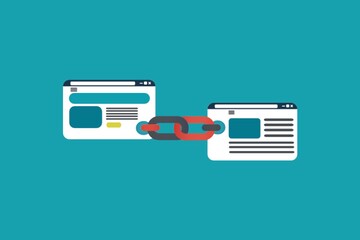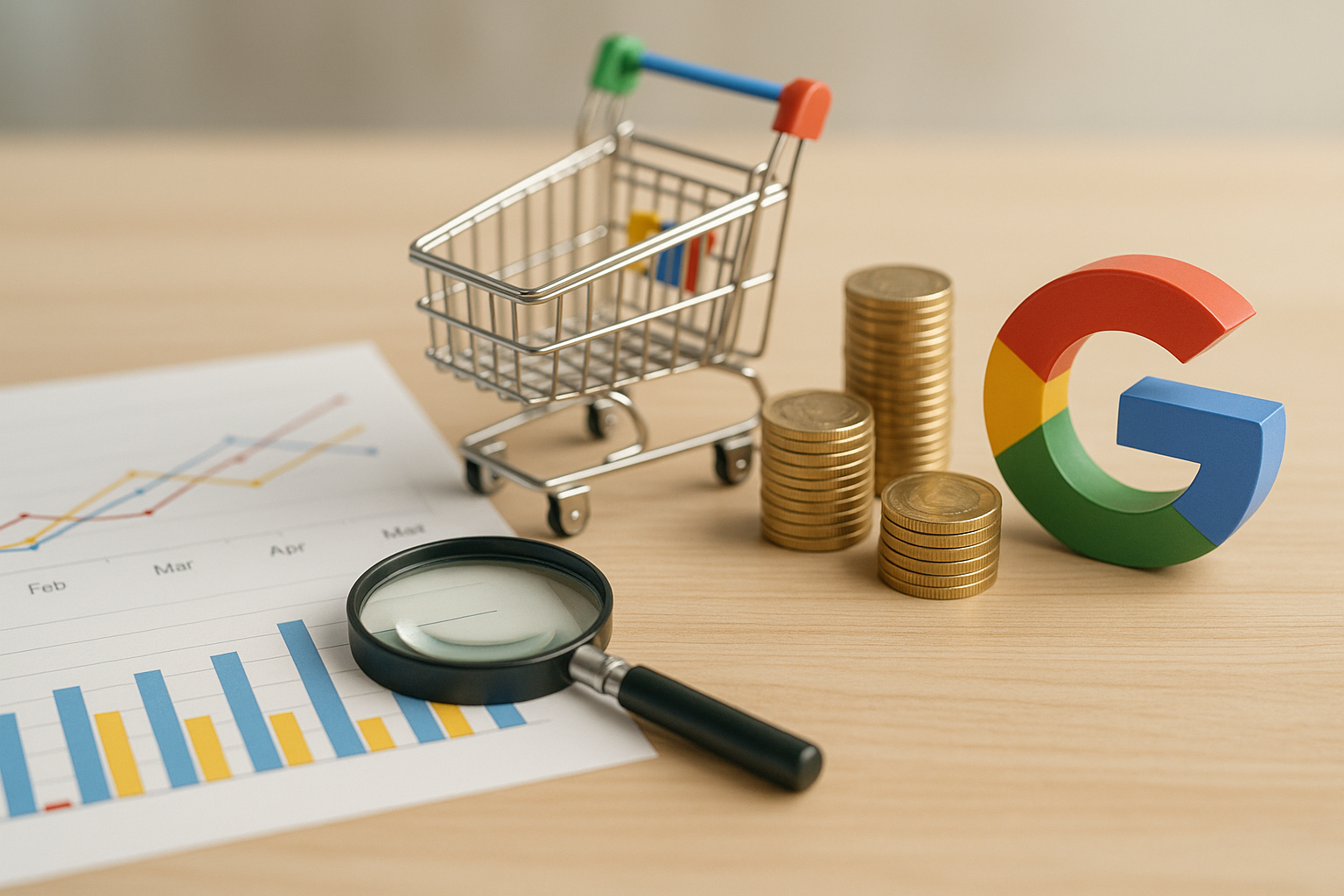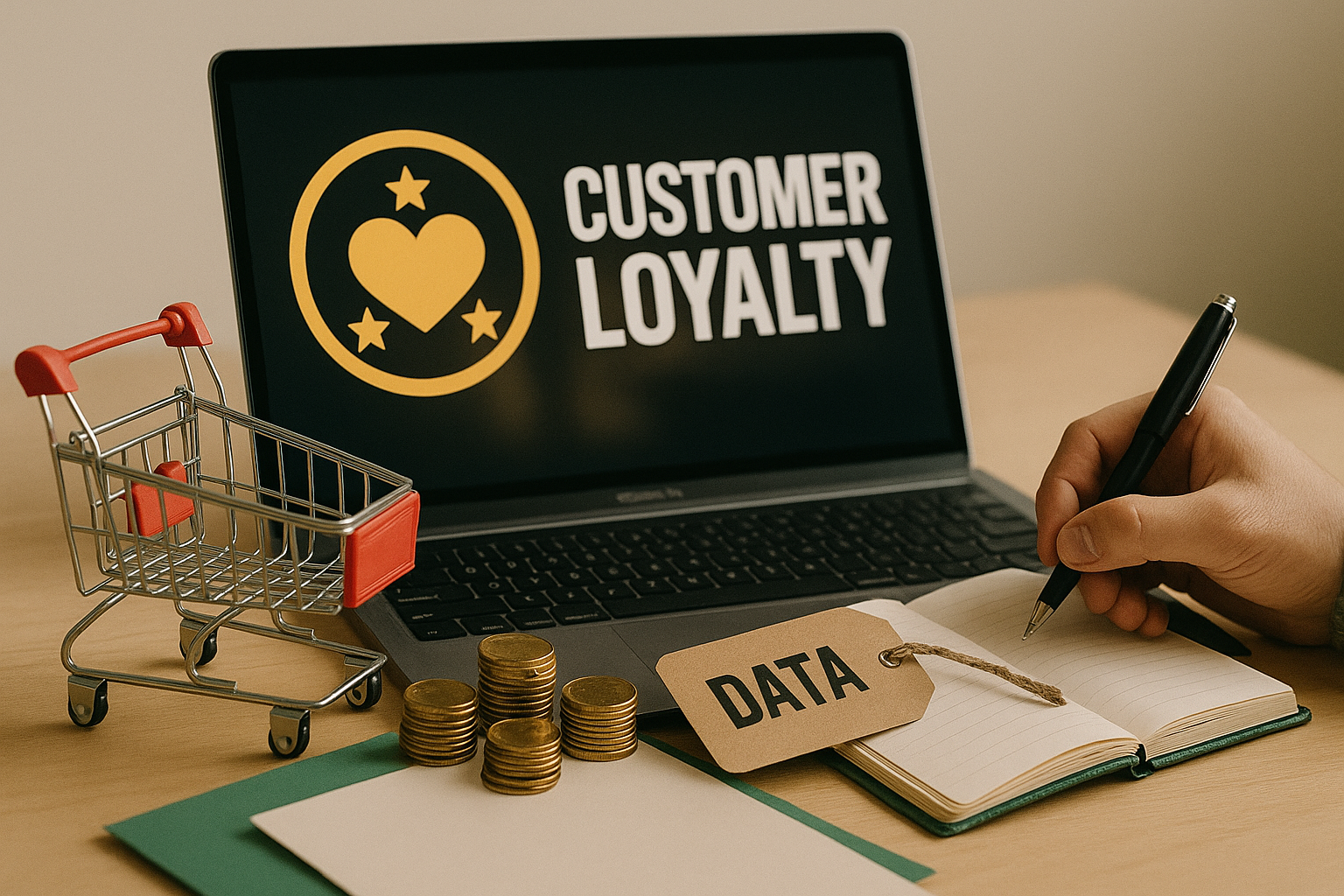
Burcu Aydoğdu
Eyl 3, 2022Link İnşası Nedir,Site İçi Linkleme Nasıl Yapılır?

Site içi linkleme ve link inşası direkt olarak sayfalarımızın taranabilir ve indekslenebilir olmalarına katkı sağlayan SEO maddelerindendir. Arama motoru botları sayfalarımızı linkten linke giderek tarar. Bu sebeple link inşası ve site içi linkleme bir sitenin bel kemiğidir denilebilir. Aşağıdaki ekran görüntüsü ile de paylaştığımız gibi, Mike Khorev’in, 2021 yılı için site içi linkleme ve link inşasının Google sıralama algoritmasında sahip olduğu yüksek oranı görebilirsiniz.
Aynı zamanda site içi linkleme ve link inşası bir sayfaya çekebildiğimiz ziyaretçilerin diğer sayfaları keşfedebilmesini ve rahat gezilebilirliğini sağlar. Sitemizi ziyaret eden bir kullanıcının oturumunda geçirdiği sürenin uzamasına ve sayfa görüntülenme potansiyelimizin artmasına katkı sağlar. Toparlayacak olursak hem arama motoru botları için hem de ziyaretçilerimizin verimli bir deneyim elde edebilmeleri açısından oldukça önemlidir.
Link İnşası Nedir ve Nasıl Yapılır?
Link inşası, kullanıcıları internetteki sayfalar arasında navige ettiren bir yöntemdir. Link inşası sitemizdeki sayfaların önemine göre şekillenmelidir. Sitenin bel kemiği olan bu inşaa sayesinde otorite oluşturabilir ve sıralamalarınızı arttırarak organik trafik kazanımınızı yükseltebilirsiniz. Aşağıdaki görsel ile paylaşıldığı gibi site içi linkleme, belirli bir hiyerarşik düzen içerisinde ilerlemelidir.
E-ticaret sitelerinde en çok linklendirme bulunan sayfanızın, tüm sayfalara kolayca erişim sağlanabilmesi sebebiyle Anasayfa ve ardından kullanıcıların ürün keşfetme potansiyelini desteklemek açısından da kategori sayfalarının olması önerilmektedir.
Arama motoru botlarının, sıralama algoritmasında uzun vadede 360 derece kaliteli, alaka düzeyi yüksek ve özgün web sitelerini önceliklendirdiği bilinmektedir. Link inşasının nasıl yapılması gerektiğine ilişkin ise uzun vadeli fayda elde edebilmek adına, site içi linkleme çalışmalarının ziyaretçileri alakalı ve yararlı linklere yönlendirecek şekilde inşa edilmesi önerilmektedir.
Örneğin; Link İnşası ile ilgili hazırlanan bir sayfadan “Backlink Nedir ve Nasıl Alınır?” içeriğinin linklenmesi kullanıcıları daha doğru navige edecektir.
Linklerin Oluşumu ve Arama Motorları Tarafından Görünümü
Sitenin bel kemiği olan linklerin, arama motoru botları tarafından nasıl görüntülendiğini ve yorumlandığını anlayabilmek adına Moz - Guide to Link Building içeriğindeki link anatomisini birlikte inceleyebiliriz.
- Start of Link Tag:
- Link Referral Location: Linke işaret eden URL’dir. İlgili sayfaya geçmek için tıklanabilir alandır.
- Visible/Anchor Text of Link: Ziyaretçilerin sayfada gördüğü ve ilgili linke ulaşmak için tıklayacağı metindir.
- Closure of Link Tag: Link etiketinin sonlandığını arama motorlarına bildiren kapatmadır.
Google Link İnşası Algoritması ve Link Türleri
Google, bir sayfanın kalitesini ölçmek için o sayfanın kazandığı linklerin sayısını dikkate aldığı PageRank algoritmasını duyurdu. İçerikten ilgisiz ve yararlı olmayan link kazanımı PageRank metriğinin manipüle edilmesine sebep oldu. Bu sebeple Google, 2012 yılında Penguin algoritmasını yayınladı. Bu güncelleme ile beraber düşük kaliteli link inşasının, sıralama performansına uzun vadede katkı sağlamayacağı duyuruldu.
Link inşası kapsamında link türleri temelde ikiye ayrılmaktadır.
External Links (Site Dışı Linkler): Kaynak domainden farklı/dış bir domaini işaret eden linklerdir. Eğer farklı bir web sitesi sitenize bağlantı veriyorsa ya da siz farklı bir web sitesine bağlantı veriyorsanız bu external linktir.
Örneğin; Link Anchor Text
Internal Links (Site İçi Linkler): Kaynak domainden yine aynı kaynak domaine işaret eden linklerdir. Aynı web sitesindeki diğer sayfalara işaret eden bağlantılardır.
Örneğin; Keyword Text
İçeriğimizde bu kısma kadar link inşasının Google sıralama algoritmasındaki önemini ve dikkat edilmesi gereken noktaları özetledik. İçeriğimize site içi linklemenin nasıl yapılacağına dair detaylar ile devam edeceğiz.
Site İçi Linkleme Nedir?
Site içi linkleme, ziyaretçilerinizi sitenizdeki diğer sayfalarınız arasında navige edebildiğiniz bir yöntemdir. Yani aynı domaindeki bir sayfadan farklı bir sayfaya link çıkışı yapılmaktadır. Sitenizin hiyerarşisini arama motorlarına aktarmanıza yardımcı olur.
Bu yöntem sadece sayfaların taranması ve indekslenmesini sağlamaz. Aynı zamanda sayfaların daha yüksek sıralamalar elde etmesini sağlar. Sitenizin derinlerinde kalan sayfaları, yararlı ve uygun diğer sayfalardan linkleyerek taranma, indekslenme ve dolayısıyla sıralanma performanslarını geliştirebilirsiniz.
Site içi linklemenin faydalarını aşağıdaki şekilde listeleyebiliriz.
- Ziyaretçileri site içerisinde navige eder.
- Sitenin taranma performansını artırır.
- Sitenin hiyerarşisi kurulur. Site, arama motorları tarafından daha rahat anlaşılır.
- Sayfaların değeri artar.
- Diğer siteler arasında sıralama performansının güçlenmesini sağlar.
Site İçi Linkleme Nasıl Yapılır?
Bir web sitesinin optimal site içi linkleme yapısını aşağıdaki görüntü ile aktarabiliriz. Bu yapı, anasayfadan tüm sayfalara linkin bulunduğu bir yapıyı ifade etmektedir. Tüm sitede bir akış mevcuttur ve böylece her sayfanın sıralanma potansiyeli artar.
Site içi linklemenin nasıl yapılacağına dair öneriler kapsamında öncelikle Link Equity teriminin tanımını yapacağız. Link Equity (Link Juice, PageRank), bir sayfadan diğerine otorite ve link değeri aktaran, arama motorlarının sıralama faktörlerindendir. Bu değer sayfa otoritesi, HTTP statüsü gibi çeşitli birçok faktörden oluşmaktadır.
Site içi linkleme yaparken dikkat edilmesi gereken noktalar;
- Link İlgili Mi?
Herhangi bir sayfanız ile linklendirme yapacağınız diğer sayfanın alakalı olması önerilmektedir. Bu durumda arama motoru botlarını manipüle etmemiş ve ziyaretçilerinizi mevcut sayfa ile alaka düzeyi yüksek sayfalara yönlendirmiş olursunuz. Bu sebeple site içi linkleme çalışmalarında en kritik noktalardan biri alaka düzeyi yüksek linklemeler yapılmasıdır.
- Site İçi Linklemede Sayfadan Giden Linkler (Outgoing Links) İlgili Sayfalara Mı Gidiyor?
Bir ziyaretçi ulaştığı hedef sayfadan, alakalı diğer sayfalara erişmeyi bekler. Bir sayfadan çıkan link sayısı çok yüksekse, outgoing linklerin sayfanın konusu ile alakalı olup olmadığını kontrol etmelisiniz. Header ve footer linkleri haricindeki linkleri inceleyerek başlayabilirsiniz. Bu noktada yol haritanız “kullanıcı mevcut sayfadan hangi sayfalara erişmeyi umar?” olabilir.
- Site İçi Linklemede Sayfaya Gelen Linkler (Incoming Links) İlgili Sayfalardan Mı Geliyor?
Hedef sayfanın site içerisinde kazandığı link sayısı yüksekse bu durum sayfanın kaynak, otoritesi yüksek ve değerli bir sayfa olduğu anlamına gelir. Arama motoru botları tarafından daha yoğun tespit edilerek taranma sıklığı pekişir. Bu noktada sayfalara gelen linklerin (incoming links) kontrol edilmesi gerekmektedir. Yüksek performans beklenen sayfaların site içerisinde daha yoğun, fakat anlamlı şekilde linklendiğinden emin olunmalıdır.
- Link Takip Edilebilir Mi?
Nofollow etiketi bulunan linkler arama motoru botları tarafından takip edilmez. Bu tarz linkler herhangi bir değer aktarımı yapmaz. Bu sebeple site içi linklemede değer aktarımı yapması istenilen linklerde nofollow etiketi bulunmadığından emin olunmalıdır. Site içi linkleme çalışmalarında, sitenin kendi domainine giden iç bağlantılarda, dofollow etiketi kullanılması önerilmektedir. Link inşasında herhangi bir meta etiket kullanılmaması (dofollow ya da nofollow gibi) arama motoru botlarına “linki takip et” sinyali vermektedir. Dolayısıyla, site içi linkleme çalışmalarınızda ekstra olarak dofollow etiketi kullanmanıza gerek yoktur.
- Link Sayfada Nerede Konumlandırılacak?
İçerik içerisine konumlandırılmış linkler, footer ya da sidebar gibi alanlardaki linklerden daha yüksek otoriteye sahiptir. Bu linkler site içi linklemede kullanıcılar tarafından daha kolay fark edilebilir ve tıklanabilir alanlardır.
- Bir Sayfada Kaç Link Olmalıdır?
Bir sayfada bulunacak link sayısına ilişkin herhangi bir sınır bulunmamaktadır. Sitenin derinliği göz önünde bulunarak site içi linkleme çalışılabilir.
- Site İçerisinde Linklenen Sayfanın HTTP Durum Kodu Ne Olmalıdır?
200 ve 301 durum kodlu sayfalar sahip olduğu link otoritesini korumaktadır. 301 ile yönlenen sayfa, hedef sayfaya, sahip olduğu tüm otoriteyi aktarır. Fakat buna rağmen tarama bütçesi optimizasyonu açısından site içerisinde yalnızca 200 durum kodlu sayfaların linklendirilmesi önerilmektedir. 301 ve 404 durum kodlu linklerin site içerisinden kaldırılması gerekmektedir.
- Anchor Text İle Link Uyuşuyor Mu?
Site içi linkleme çalışmalarında bağlantı metni, arama motoru botları tarafından bir sayfanın taranmasına ihtiyaç duymadan o sayfanın hangi sorguları hedeflediği hakkında genel bir izlenim verir. Bağlantı metni, sayfa ile hedeflenen sorguyu içermelidir. Site içi linkleme çalışmalarında sayfaların hangi bağlantı metinleri ile link kazandığı kontrol edilmelidir.
- Link İnşasında Sitenin URL Yapısı SEO Dostu Mu?
- Tarama anında arama motoru botları
- Yönlendirilmiş,
- Robots.txt dosyası ile engellenmiş,
- Keyword stuffing ve çift içerik içeren,
- Önerilmeyen karakterler içeren (rakam, türkçe karakter vs.),
- İzleme parametreleri içeren
URL’leri takip etmeyi tercih etmez. Arama motoru botları kullanıcılarını korumak için spam sayfaları cezalandırabilir. Dolayısıyla, site içerisinde linklendirilen bu tarz URL’lerin tespit edilip kaldırılması önerilmektedir.
- Site İçi Linklerinizde Link Başlığı Kullanılıyor Mu?
Sayfaların kalitesini ölçmek için Google, Lighthouse aracı ile Accessibility denetimi altında web sitesinin kullanıcı deneyimi açısından performansını ölçümlemektedir. Site içi linkleme değerlendirmesinde ise site içi linklerin başlıklarının bulunmasının arama motoru botları tarafından linkin daha doğru ve kolay anlaşılmasını sağlayacağı bilinmektedir. Bu sebeple web sitenizdeki linklerin başlık değerine sahip olduğundan emin olmalısınız.
Kaynakça
- https://mikekhorev.com/seo-ranking-factors
- https://moz.com/beginners-guide-to-link-building
- https://moz.com/learn/seo/internal-link
- https://moz.com/blog/linking-internally-externally-from-your-site-whiteboard-friday
- https://moz.com/learn/seo/what-is-link-equity
- https://moz.com/blog/the-anatomy-of-a-link
- https://www.mattcutts.com/blog/text-links-and-pagerank/
More resources

Google MMM ile Satış Artışlarını Doğru Ölçmenin 5 Yolu
Google MMM (Marketing Mix Modeling), pazarlama karması modellemesi olarak bilinen bu yöntem, çerezsi...

ChatGPT Shopping Research Nedir? Nasıl Çalışır?
ChatGPT Shopping Research, kullanıcıların alışveriş araştırmalarını hızlandıran yapay zeka destekli...

Black Friday Sonrası Sadık Müşteri Kazanmak İçin Veri Tabanlı Taktikler
Sadık müşteri kazanımı, Black Friday sonrası dönemde e-ticaretin en stratejik hedeflerinden biridi...

